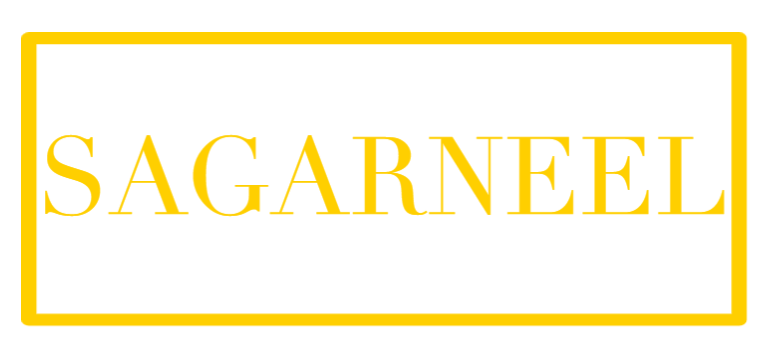The innovation that wins isn’t the best—it’s the one that creates the biggest market.
The Freemium Psychology Playbook
Remember when Facebook was just for college students? When Instagram was a simple photo filter app? These platforms didn’t succeed because they were technological marvels—they succeeded because they mastered the art of manufactured demand.
The playbook is always the same—hook, habit, dependency, monetization.
Consider today’s AI boom. Those seemingly trivial apps generating hyper-realistic celebrity yoga photos aren’t going viral by accident. They’re following the same pattern that made us addicted to social media scrolling, Netflix binge-watching, and smartphone checking.
When Commerce Drives Innovation
History shows us that transformative innovations aren’t driven by scientific curiosity—they’re pulled by market opportunity:
- The VHS vs. Betamax lesson: Sony’s Betamax was technically superior, but VHS won by building a larger ecosystem. The innovation that fits the market always beats the innovation that’s merely better.
- The iPhone phenomenon: Apple didn’t invent the smartphone, the touchscreen, or mobile internet. They packaged existing technologies in a way that created an entirely new market of needs we didn’t know we had.
- The subscription economy: Netflix’s shift from DVD-by-mail to streaming wasn’t about technological breakthroughs—it was about recognizing the market potential of “convenience addiction.”
The Coca-Cola Formula for Manufactured Needs
Coca-Cola’s century-long success isn’t about making the best beverage—it’s about creating a psychological dependency on refreshment itself. They didn’t just sell a drink; they sold the idea that happiness comes in a bottle.
Today’s AI apps are following the same blueprint:
- Offer it for free (like Coke’s early sampling campaigns)
- Make it social (shareable AI-generated content)
- Make it addictive (surprising results via variable rewards)
- Make it essential (FOMO from missing new features)
- Make it social (shareable AI-generated content)
- Make it addictive (surprising results via variable rewards)
- Make it essential (FOMO from missing new features)
The Razor and Blade Model 2.0
Gillette revolutionized business by giving away razors to sell blades. Today’s AI companies are giving away mind-blowing image generation to sell our behavioral data and future premium subscriptions.
Every time someone shares that fake celebrity photo thinking it’s real, every time someone comments “this is AI-generated,” the system learns—not just how to make better images, but how to make us more dependent on the service.
The Uncomfortable Truth
Science follows the money, not the other way around.
The most funded AI research isn’t necessarily solving humanity’s biggest problems—it’s solving capitalism’s biggest opportunities. The innovation that creates the largest addressable market gets the resources, the talent, and ultimately, the victory.
We’re not witnessing an AI revolution; we’re witnessing a demand creation revolution that happens to use AI as its vehicle.
The question isn’t what technology can do—it’s what markets can be created. And the biggest market of all? Converting human attention into automated dependency.
The next breakthrough won’t be the one that’s most scientifically impressive—it’ll be the one that makes us feel most incomplete without it.
